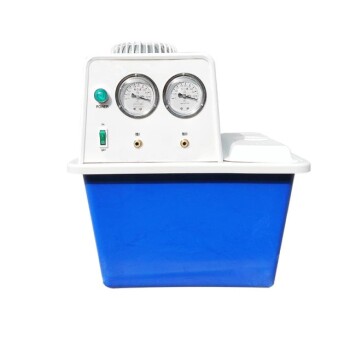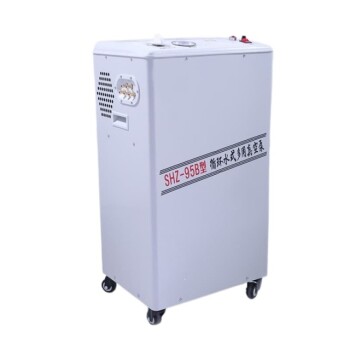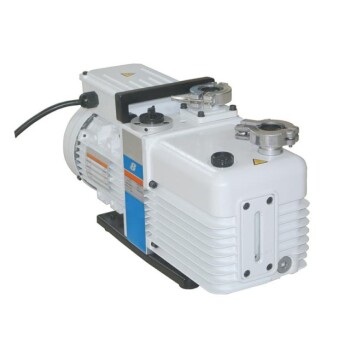Introduction to Laboratory Vacuum Pumps
Function and Usage
The primary function of a vacuum pump is to extract gas molecules from a vacuum chamber, thereby reducing the gas pressure within the chamber to attain the desired vacuum level. This process is fundamental in various laboratory applications, where maintaining a specific pressure is crucial for accurate and reproducible results.
Laboratory vacuum pumps are indispensable tools in a wide array of scientific procedures. They are often paired with instruments such as vacuum filtration systems, which rely on a reduced pressure environment to separate solid particles from liquid solutions. In microbial testing, vacuum pumps create the necessary conditions for culturing and isolating microorganisms under controlled pressures. Additionally, they play a significant role in processes like freeze-drying, where the reduction of atmospheric pressure is essential for the preservation of temperature-sensitive materials.
To illustrate the versatility of vacuum pumps in laboratory settings, consider the following applications:
| Application | Vacuum Pump Type | Purpose |
|---|---|---|
| Vacuum Filtration | Dry Vacuum Pump | Separation of solid particles from liquid solutions |
| Microbial Testing | Non-dry Vacuum Pump | Culturing and isolating microorganisms under controlled pressures |
| Freeze-drying | Oil-free Vacuum Pump | Preservation of temperature-sensitive materials |
| Rotary Evaporators | Corrosion-resistant Pump | Handling corrosive gases during solvent evaporation |
| Drying Ovens | Non-dry Oil Pump | Achieving higher vacuum levels for efficient drying |
Each type of vacuum pump is designed to meet specific requirements, ensuring optimal performance in diverse laboratory scenarios. By understanding the function and usage of these pumps, researchers can select the most appropriate equipment for their experiments, enhancing both efficiency and accuracy.
Types of Vacuum Pumps
Laboratory vacuum pumps can be broadly classified into dry and non-dry types, each with distinct characteristics and applications.
Dry vacuum pumps, such as oil-free piston and corrosion-resistant diaphragm types, are renowned for their maintenance-free and pollution-free operation. These pumps are ideal for environments where contamination is a critical concern, such as in pharmaceutical and semiconductor industries.
On the other hand, non-dry vacuum pumps, including oil and water circulation types, rely on external substances to achieve the desired vacuum degree. These pumps are often preferred in applications where high vacuum levels are required and where the introduction of external substances is permissible.
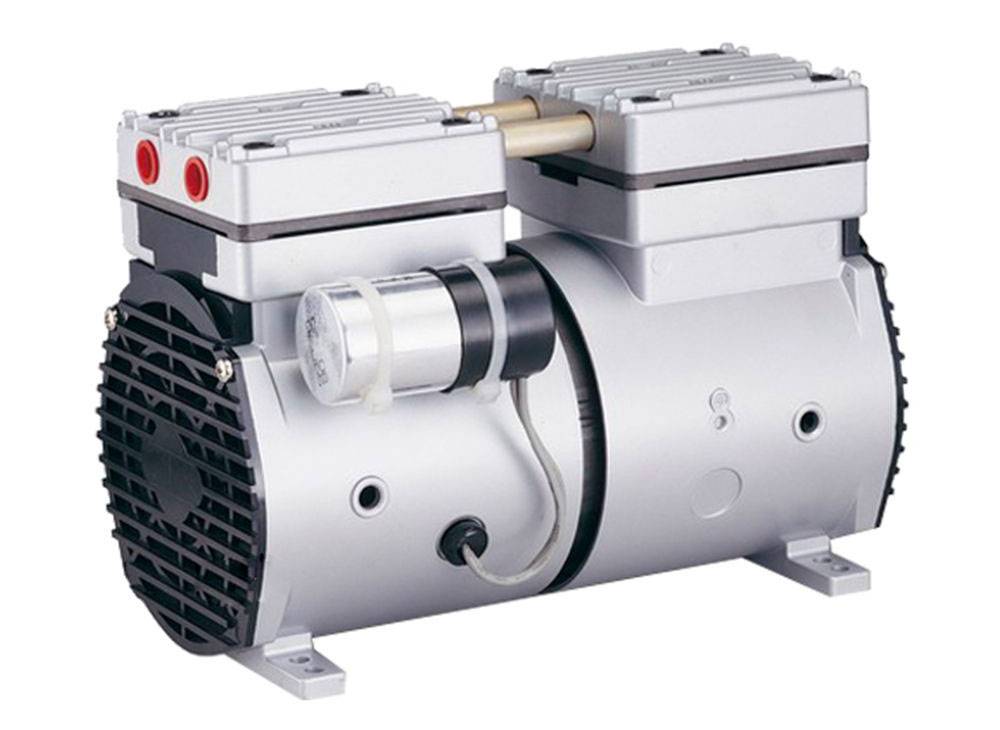
In addition to these categories, vacuum pumps can also be classified into five main types based on their operational principles:
- Liquid Ring Vacuum Pumps: These pumps use a rotating liquid to create a vacuum. They are known for their robustness and are often used in heavy-duty applications.
- Diaphragm Vacuum Pumps: These pumps use a flexible diaphragm to create a vacuum. They are particularly useful in applications requiring high purity and are often used in analytical chemistry.
- Rotary Vane Vacuum Pumps: These pumps use rotating vanes to create a vacuum. They are versatile and commonly used in a variety of laboratory settings.
- Turbomolecular Vacuum Pumps: These pumps use high-speed rotating blades to create a vacuum. They are highly efficient and are often used in high-vacuum applications.
- Scroll Vacuum Pumps: These pumps use two interleaved spiral-shaped scrolls to create a vacuum. They are known for their quiet operation and are often used in sensitive laboratory environments.
The selection of a vacuum pump ultimately depends on the specific requirements of the application, including the type of vacuum needed, the robustness of the technology, and the budget constraints.
Selecting the Right Vacuum Pump
Purpose and Gas Type
When selecting a vacuum pump for your laboratory, it's crucial to consider both the intended purpose and the nature of the gas you'll be pumping. The type of pump you choose can significantly impact the efficiency and longevity of your laboratory processes.
For routine tasks such as general filtration, an oil-free vacuum pump is typically the best choice. These pumps are designed to handle non-corrosive gases efficiently and are known for their low maintenance requirements and environmental friendliness. The absence of oil in the pumping mechanism ensures that there is no risk of contamination, making these pumps ideal for applications where purity is paramount.
In contrast, for more specialized tasks like reagent purification, where the gases being pumped may be corrosive, a corrosion-resistant vacuum pump is essential. These pumps are engineered with materials that can withstand the harsh effects of corrosive gases, ensuring that the pump remains functional and effective over time. The use of corrosion-resistant materials not only extends the lifespan of the pump but also maintains the integrity of the vacuum environment, which is critical for accurate and reliable results in sensitive applications.
By carefully matching the vacuum pump to the specific needs of your laboratory tasks, you can optimize performance and ensure the safety and reliability of your experiments.
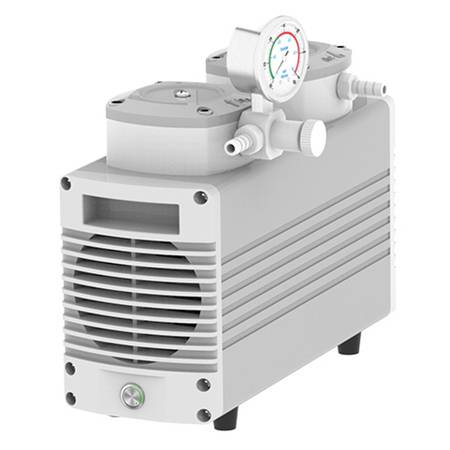
Instrument Compatibility
When selecting a vacuum pump for your laboratory, it's crucial to consider its compatibility with other instruments. This ensures optimal performance and longevity of both the pump and the instruments it supports.
For rotary evaporators, the choice of vacuum pump is particularly critical. The process involves handling volatile gases that can be highly corrosive. Therefore, opting for corrosion-resistant pumps is essential. These pumps are designed to withstand the harsh conditions posed by these gases, ensuring that the pump remains functional and does not degrade over time due to chemical reactions.
In contrast, drying ovens require a different approach. Here, the emphasis is on achieving a higher vacuum level to efficiently remove moisture from samples. Non-dry oil pumps are often recommended for this application. These pumps are capable of generating the necessary vacuum levels without the need for additional external substances, making them a robust choice for drying applications.
| Instrument | Recommended Pump Type | Reason |
|---|---|---|
| Rotary Evaporators | Corrosion-Resistant Pumps | To handle corrosive volatile gases without degradation. |
| Drying Ovens | Non-Dry Oil Pumps | For achieving higher vacuum levels to effectively remove moisture. |
By aligning the vacuum pump with the specific requirements of each instrument, you can enhance the efficiency and reliability of your laboratory processes.
Vacuum Degree Calculation
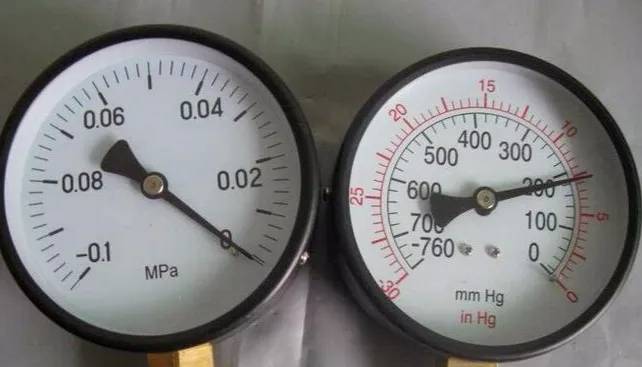
Formula and Parameters
In most laboratory settings, the desired vacuum levels typically fall above 2 mbar. To accurately determine the necessary pumping time, a specific formula is employed:
T = V / Se × 1.303 log10(P1 / P2)
Here, T represents the pumping time, V is the volume of the chamber, and Se denotes the actual pumping speed, which is approximately 80% of the theoretical speed, accounting for factors such as piping and valve effects. The parameters P1 and P2 correspond to the initial and arrival pressures, respectively. This formula is crucial for ensuring that the vacuum pump operates efficiently and meets the required vacuum levels within the expected timeframe.
To break it down further, the formula takes into account the logarithmic relationship between the initial and final pressures, which is essential for understanding how quickly the vacuum can be achieved. The reduction in pressure from P1 to P2 is a key determinant of the pumping time, with a larger pressure differential requiring more time to achieve the desired vacuum level.
Additionally, the actual pumping speed Se is a critical factor, as it reflects the real-world efficiency of the pump once all practical considerations are taken into account. This ensures that the calculated pumping time is both realistic and achievable, providing a reliable estimate for laboratory operations.
Related Products
- Laboratory Benchtop Water Circulating Vacuum Pump for Lab Use
- Laboratory Vertical Water Circulating Vacuum Pump for Lab Use
- Laboratory Rotary Vane Vacuum Pump for Lab Use
- Heated Hydraulic Press Machine with Heated Plates for Vacuum Box Laboratory Hot Press
- Vacuum Bellows for Efficient Connection and Stable Vacuum in High-Performance Systems
Related Articles
- How to Choose Laboratory Vacuum Pumps for Maximum Efficiency and Cost Savings
- From Chemistry to Cooking The Versatility of Rotary Vacuum Evaporator
- Exploring the Science Behind Rotary Evaporators: How They Work and Their Applications
- How to Choose and Optimize Water Circulating Vacuum Pumps for Your Lab
- The Importance of Water Distillation in the Laboratory: Ensuring Purity and Quality for Accurate Results

